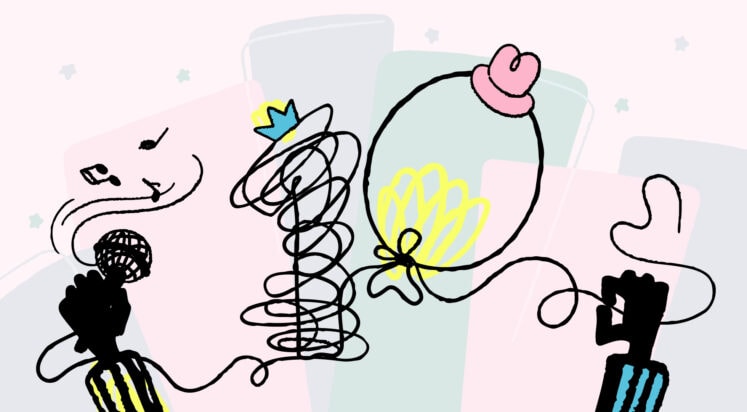Now that WordPress 5.5 has shipped, block patterns are available in core for all users. If you have previously been relying on reusable blocks but prefer the flexibility of block patterns, you may want to convert these.
WordPress core developer Jean-Baptiste Audras has made this possible in the latest update of his Reusable Blocks Extended plugin. He posted a video demo of how the plugin converts reusable blocks to block patterns with one click.
What’s the difference between reusable blocks and block patterns?
Why might you want to convert your reusable blocks to block patterns? For users who are new to the concept, there are a few distinctions between these similar features.
Reusable blocks were designed to be a time-saving feature that allows users to save a block or group of blocks for use on other posts or pages. They can be edited but they have a certain distinction in that they are intended to look the same in all places they are used. Any changes made to a reusable block will apply to all instances of the block wherever it is used.
If a user wanted to make changes to a reusable block specific to one page, the process would involve clicking on the block’s properties and selecting “convert to regular block,” which would ensure that all edits would appear only on that specific instance of the block. It’s unlikely that most users would know how to do this without help, so this is one of the drawbacks of reusable blocks.
Block patterns are predefined block layouts that are designed to be changed. Once a pattern is inserted into the content, users can customize with their own text, images, alignments, colors, additional blocks, etc. The options are limitless and any changes made are not saved back to the original pattern. Block patterns provide a flexible starting point that gives users an idea of how blocks can be combined to make attractive layouts.
User-Created Patterns Are Coming Soon to the Block Pattern Builder Plugin
At the moment, users can create their own reusable blocks but not their own block patterns. Patterns have to be registered with code in order to appear in the pattern library. This is another reason that Audras’ one-click conversion is quite useful for users who are limited to capabilities offered in the editor’s current UI.
The ability to create block patterns inside the editor should be a feature in core. It would enable non-technical users to share their designs and creations in a more flexible format than reusable blocks provide. Until this feature is added to core – and it isn’t a guarantee- there is a plugin for that.
Justin Tadlock’s Block Pattern Builder plugin, which is available on WordPress.org, will soon be merging a pull request that adds the option to create block patterns inside the editor. It will work in a similar way to the process of adding reusable blocks. Now that block patterns are available in WordPress 5.5, this feature will be more useful to a wide range of users.
Audras’ Reusable Blocks Extended plugin, like many other amazing utilities for the editor, might be difficult to find unless you already know exactly what to search. Many times users are not even aware of the possibility of converting reusable blocks to patterns. This might also make a useful core feature but doesn’t seem likely to be a high priority at the moment. In the meantime, watch for more plugins to start extending block patterns to do interesting things now that they are available in core WordPress.



